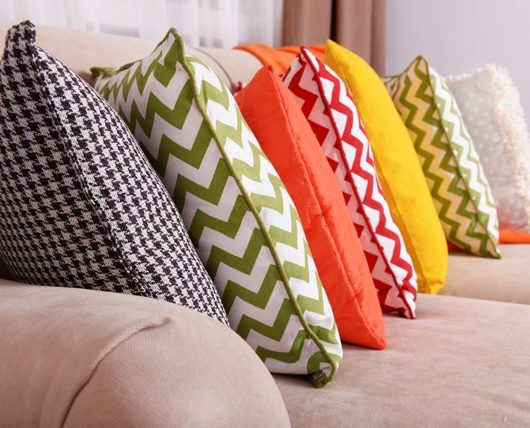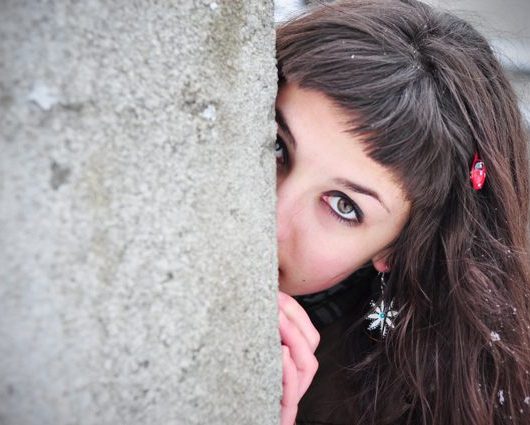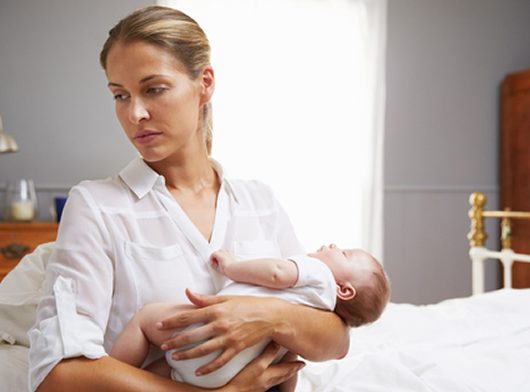Last year, actor Taye Diggs received lots of backlash for wanting his biracial son to identify as biracial. He said he didn’t want his son to identify as black but embrace both his black and white side while promoting his book “Mixed Me”.
Much as Margaret Jacobsen says she does not share these sentiments when it comes to her biracial kid’s identity, she kind of does saying: “As a black woman raising two beautiful biracial children, I disagree. I want my kids to love being black. I also want them to love being white. More than anything, I want them to love being who they are.” (I guess that’s what Diggs said: embracing both worlds.)
Jacobsen believes her children are a perfect mix of both their father and herself and that is what makes them the cutest babies. When she posted kids of her babies when they were born, people wanted know how they would turn out and her Facebook friends were disappointed because their eye color turned brown as opposed to blue, “…as if his blue eyes would make him more white, less black.” Her friends touch their hair telling them straight in their faces how lucky they are they didn’t get their mums hair.
Jacobsen feels such comments mean their whiteness is better than their blackness and they should count themselves lucky for it. “That she should be proud not to to look like her black mom, the woman who helped create her, the person who provides for her. That she should be proud her hair didn’t reveal her Otherness, despite the fact her skin would,” she adds.
When people gawk and say the phrase “Mixed children are always so beautiful!” it makes her sick.
“Biracial and mixed children exist in a space where they are two races at once, but aren’t really one or the other. I grew up black and my children’s father grew up white. I know my children will grow up with experiences closer to mine, in part because of where we live (Portland) and also because of how I am raising them. They hang in a delicate balance: both black and white, both the Same and Other.”
The father of her kids, now her ex-husband feels their kids are white as much as they’re black; Jacobsen disagrees! She even mentions that Obama isn’t seen as a mixed president; nor is he regarded as a white president… people refer to him as a black president. “It’s what I want for my kids: I want them to identify as black, because that’s who they are,” she says.
At home, Jacobsen talks to her children about race and skin color and cultural differences without awkwardness. She says:
“Most often, it’s my daughter who notices how her skin color awards her different opportunities than other children. She comes home from school and says that children are really nice to her — that they admire her skin — while the boy in class who is black gets made fun of. She knows that her skin is different than mine. So she asks me what its like for me. She listens, a sponge soaking it all up, not speaking, just hearing. She grasps that with her whiteness comes a kind of privilege I (and the boy in her class) do not have. But she also understands the differences that come with being black.”
Her kids refer to themselves as neither black nor white… they say they are tan. They love that they get to be two different things at once. And they feel great when they meet kids who look like them. “Mom! This mommy is brown like you, and the dad is peach like dad, and this little boy is tan like me! I’ve never see this!”, exclaimed her daughter on seeing some illustration on a soda machine.
Jacobsen wants the kids to talk about race… she feels being color blind isn’t a solution. She concludes:
“As a black woman, I want my children to know of their blackness… to always be proud of who they are and of the people and places they come from… I want them to know it’s OK to be black. And it’s OK to be white.
As a parent, I want my children to know that being biracial doesn’t mean they can’t be black, or that they aren’t white. It’s important to me that they know they are black. They are white.”
















